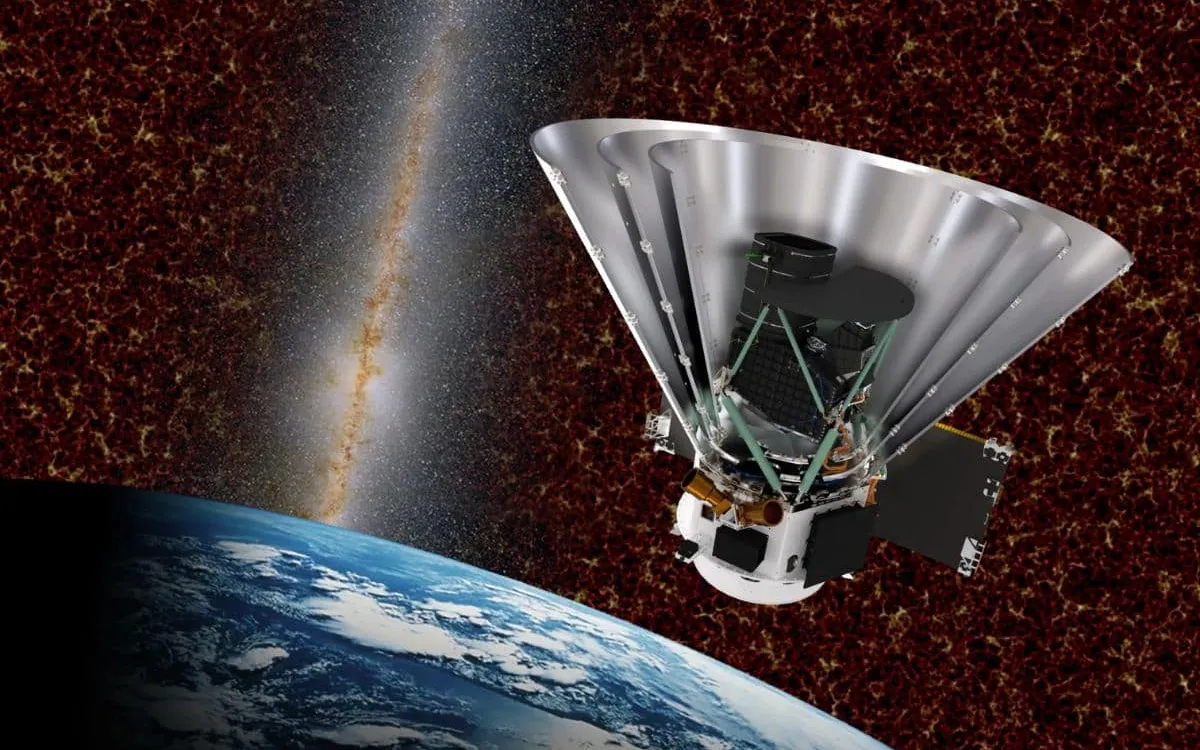
NASA’s newest space telescope, SPHEREx, has successfully launched aboard a SpaceX Falcon 9 rocket, embarking on a revolutionary mission to map the entire sky in infrared light. Officially known as the Spectro-Photometer for the History of the Universe, Epoch of Reionization and Ices Explorer (SPHEREx), this telescope aims to create a vast three-dimensional map of the cosmos.
Launched from Vandenberg Space Force Base, SPHEREx has entered a polar orbit around Earth, reaching an altitude of 420 miles (675 km). Over the next two years, it will employ its advanced infrared sensors to construct a meticulous three-dimensional map of the universe. This ambitious project involves scanning the entire sky four times across 102 different wavelengths. “SPHEREx is going to produce an enormous three-dimensional map of the entire night sky, and with this immense and novel dataset, we’re going to address some of the most fundamental questions in astrophysics,” explained Phil Korngut, an astrophysicist at the California Institute of Technology in Pasadena.
Unlike the James Webb Space Telescope, which focuses on specific targets in deep space, SPHEREx is uniquely designed to observe the entire sky simultaneously. This capability allows it to detect faint cosmic signatures, shedding light on the history of the universe.
One of the primary objectives of SPHEREx is to investigate cosmic inflation, a theory proposing that the universe expanded faster than the speed of light in the moments following the Big Bang. Scientists believe this rapid expansion left behind subtle imprints in the cosmic structure, which SPHEREx will help analyze by mapping hundreds of millions of galaxies. By studying how light from these galaxies is distributed across space and time, astronomers aim to reconstruct the cosmic web—the large-scale structure of the universe influenced by dark matter and gravity.
SPHEREx was not alone on its journey to space. NASA utilized a rideshare opportunity to launch another mission, PUNCH (Polarimeter to Unify the Corona and Heliosphere), alongside it. This mission comprises four small satellites that will study the solar corona—the sun's outer atmosphere—and the solar wind, which impacts space weather and can affect satellite operations on Earth. NASA officials noted that pairing SPHEREx with PUNCH saved at least $15 million in launch costs, showcasing a new strategy to maximize scientific returns while optimizing budgets.
Unlike targeted deep-space observatories such as the James Webb Space Telescope (JWST) or the Hubble Space Telescope, SPHEREx will create a comprehensive catalog of infrared light sources throughout the universe. The data collected from this mission will not only support future astronomical missions but will also enable scientists to correlate findings with high-resolution images from more powerful telescopes, paving the way for groundbreaking discoveries in astrophysics.